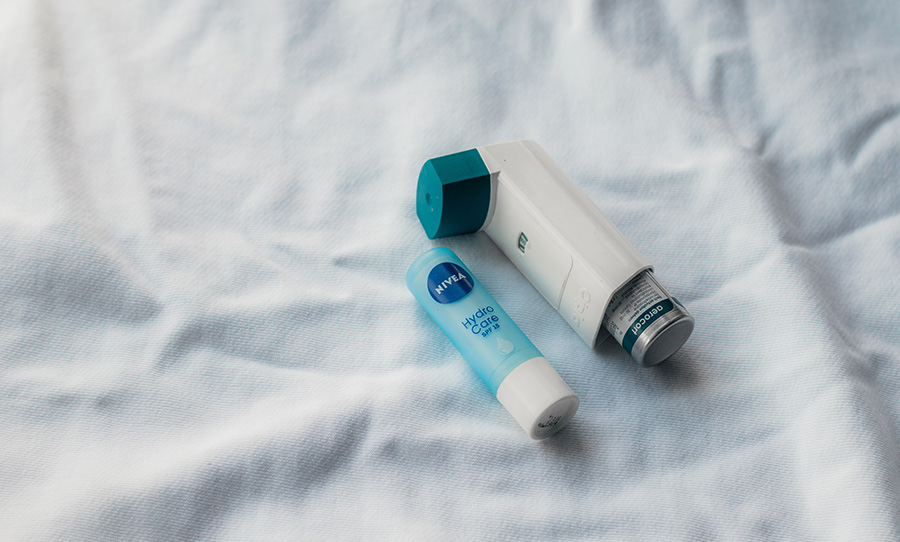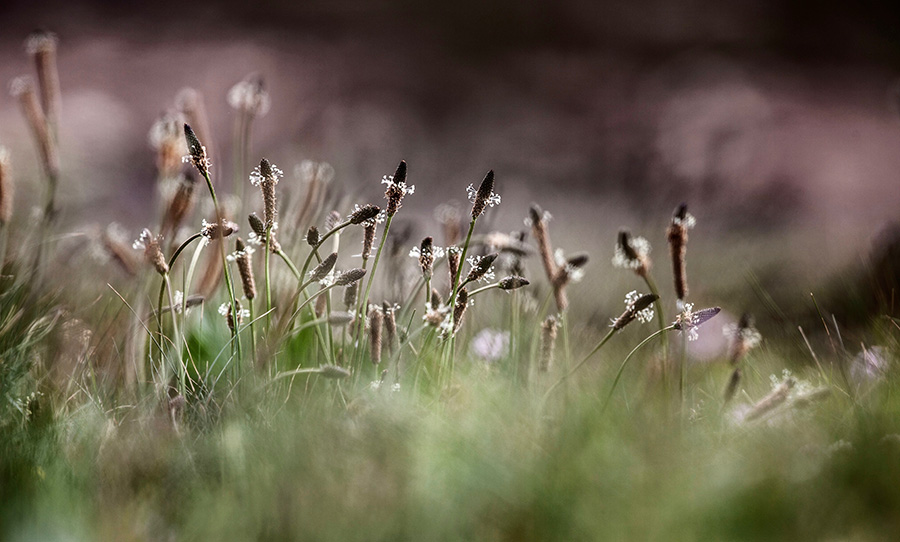If you’re congested, sneezing, coughing or feeling wheezy, it may not be COVID or even the “super flu”. It could just be the ridiculous amount of pollen floating around.
Fear not: Australia has just experienced one of the intense pollen seasons in recent memory with Canberra and Brisbane particularly hard hit. Sydney, Tasmania, Bendigo and Adelaide have also witnessed significant spikes in pollen prevalence.
Record-breaking levels of grass pollen – a phenomenon linked to climate change – are sweeping across Australia, worrying health experts. Those with hay fever and asthma are particularly susceptible to worsening health as a result of those pesky, barely visible grass particles.

By the beginning of February, Brisbane’s grass pollen levels had risen to 3.8 times the previous five-year average. Canberra, meanwhile, recorded the highest grass pollen levels in 10 years of data. Yikes!
QUT Allergy Group professor Janet Davies has said that La Niña weather patterns and high rainfall rates are likely influencing pollen levels.
A study published by the QUT Allergy Research Group last year linked pollen levels to elevated CO2 levels, surges in seasonal vegetation productivity and daily maximum temperatures (but not minimum temperatures).
About 11 per cent of the population have asthma, while 1 in 5 have allergic rhinitis or hayfever, which means a heck of a lot of Aussies will be impacted. Asthma Australia is warning those with asthma and hay fever symptoms to consider their asthma management plans and monitor flare-ups. Maybe we ought to be paying a little more attention to the threat of climate change. Looking at you: Scott Morrison.



